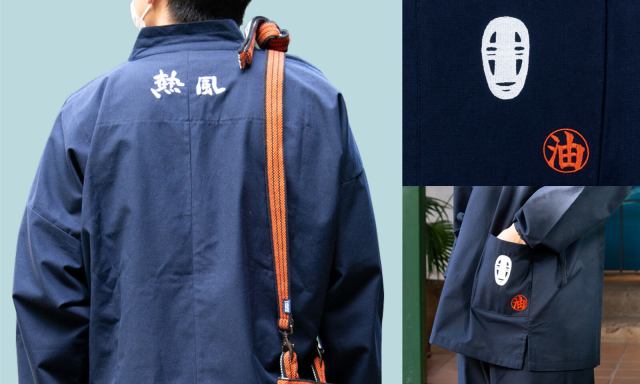
Spirited Away samue is the star of this collection designed by Studio Ghibli producer Toshio Suzuki.
Outside of being Studio Ghibli’s co-founder and producer, Toshio Suzuki is widely known for his love of two things — calligraphy and samue.
The 73-year-old has been showing off his artistic prowess in recent years, teaching us how to sketch Totoro and even holding a travelling exhibition that showcases his calligraphy, alongside a giant head of Yubaba and Zeniba from Spirited Away. Through it all, whether he’s working in private or attending press events, Suzuki often chooses to wear an indigo-dyed samue, the traditional work outfit worn by Buddhist monks, which has also become popular as casual wear in recent times.
So when the Ghibli Museum in Tokyo was looking for a new line of goods to create, they came up with the brilliant idea to combine Suzuki’s love of calligraphy and traditional style for a unique collection. The producer was happy to lend his artistic skills to the project, even coming up with the clever idea to rename the Ghibli Museum as the “Neppu Museum” for the new range.
The new name is a nod to the word “Ghibli“, which is an Italian word meaning “hot wind blowing from the Sahara Desert“. Suzuki replaced the word “ジブリ” (“ghibli”) with “熱風” (“neppu”), which literally means “hot wind”, for the new collection, essentially rebranding the Ghibli Museum as the “熱風美術館” (“Neppu Bijutsukan”), or “Hot Wind Museum“.
The first item in the range is an indigo-dyed T-shirt, which has “Neppu Museum” written on the front, in Suzuki’s handwritten calligraphic script.
The T-shirt also has “Ghibli Museum” written on it in English, along with images from the crest of the museum — a Totoro, a boar, and three hawks, in reference to the city where the museum is located, Mitaka, which literally translates to “three hawks“. Mitaka is also the inspiration behind the museum’s “Tri Hawks” bookstore.
Suzuki’s white script is far more prominent than the museum crest, which draws attention to the humorous new name.
On the back of the shirt is the word “kaikanchu” (“museum currently open“), also written by Suzuki. After being closed for an extended period during the pandemic, the Ghibli Museum is currently open, and it hopes to stay that way, with the help of donations from fans around the globe.
The next item in the collection is a Homaekake Kaban, which needs a little linguistic unpacking. The word “ho” literally means “sail“, while “mae” (“front“) and “kake” (from the verb “kakeru”, “to hang“), combine to mean “apron“. Homaekake, or “sail apron” gets its name from the fact that 15th century sailors in Japan used to cut old sails to make these aprons, which they would tie around their waists.
Today, these thickly woven cotton waist aprons are still worn by people working in traditional trades, like craftspeople and sake sellers, as the thick material protects the legs while the long straps to tie the apron support the lower back when lifting heavy objects like boxes.The homaekake has a very traditional and distinctive look, often using indigo-dyed material and straps with vermillion stitching, and the Ghibli Museum puts a new twist on the design by reimagining it as a “kaban” or “bag“.
This Sail Apron Bag features a couple of Totoros from the 1988 Ghibli movie My Neighbour Totoro, and beneath them are the words “Hot Wind Museum”.
The “family crest-style Totoro design” has been printed on thick and durable fabric woven by a specialist apron maker, so it’s designed to last a long time.
While the bag pairs well with traditional outfits, it looks equally good when worn with casual wear.
The final item in the collection is the Samue Kaonashi, which translates to “No Face Samue“.
According to the Ghibli Museum, this item was included in the range as an homage to Suzuki’s love for wearing samue. Unlike the indigo two-piece Suzuki normally wears, though, this one comes with some extra embellishments, namely the words “Hot Wind”, written in Suzuki’s hand, on the back of the top…
▼ …and an image of No Face on the front pocket.
The red kanji for “abura” is also included, as a nod to the Abura Bathhouse, the main setting in Spirited Away, the 2001 movie that No Face stars in.
Like the T-shirt, the samue comes with a “Hot Wind Museum” label stitched into the inside of the top.
Samue are worn year-round by Buddhist monks, and they can be worn year-round by laypeople too, with the lightweight cotton creating a breathable layer in the warmer months.
▼ During the colder months, the samue can be worn with warmer base layers underneath.
The samue is made in Kurume, a city in Kyushu that’s famous for high-quality cotton fabric production. This attention to detail and top-quality materials in the range are reflected in the prices — the T-shirt is priced at 4,500 yen (US$38.96), while the bag is 9,900 yen and the samue is 16,500 yen.
Though they’re considerably more expensive than other Ghibli goods, these items are designed to last a long time, and it’s not every day you get to purchase a Ghibli Museum item branded as “Hot Wind Museum”. If we had the money, we’d definitely be investing in the No Face samue, which, now that we think of it, is an apt garment for Spirited Away, given that the movie is filled with hidden Buddhist references.
Source: Ghibli Museum
Featured image:Ghibli Museum
Insert images: Ghibli Museum (1, 2, 3)
● Want to hear about SoraNews24’s latest articles as soon as they’re published? Follow us on Facebook and Twitter!

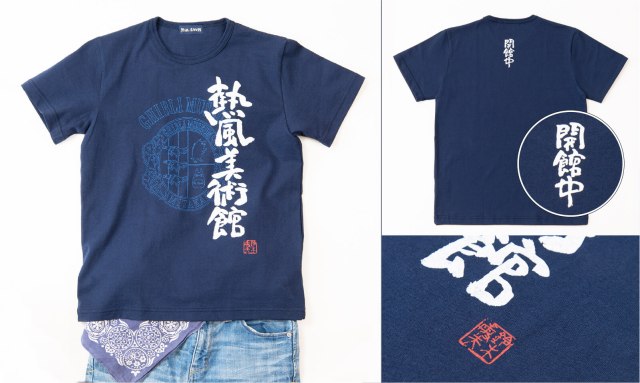
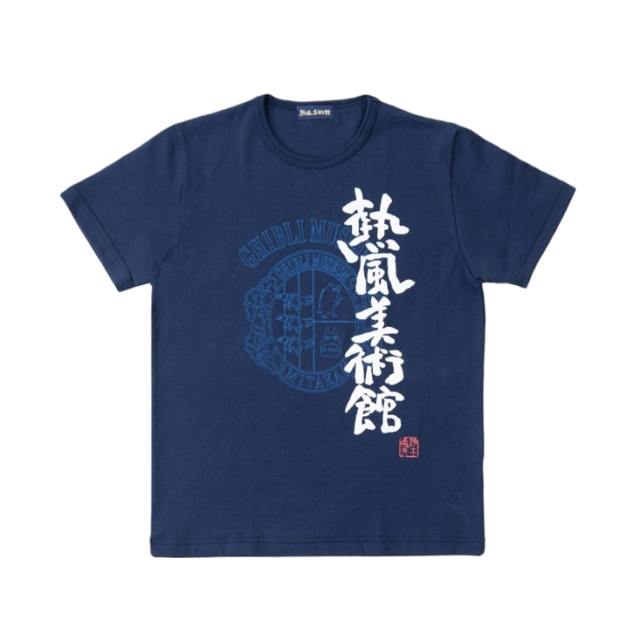
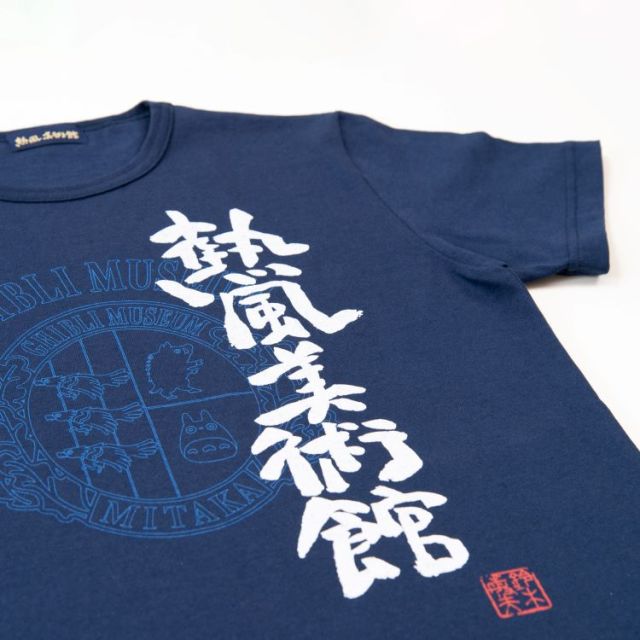
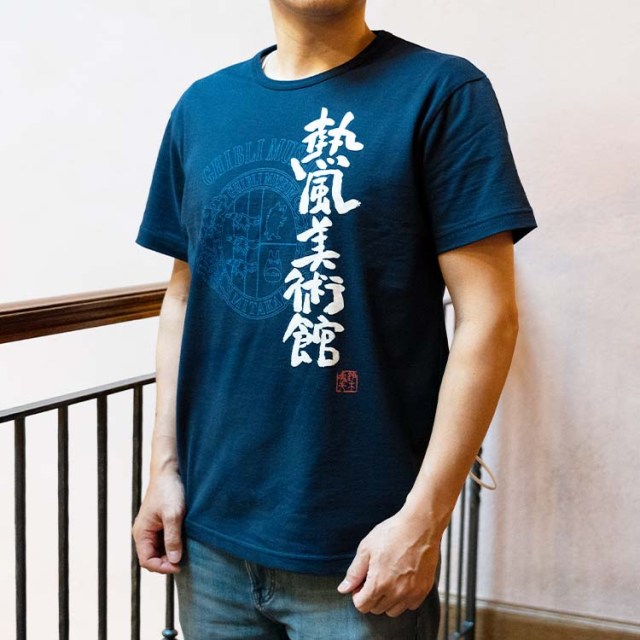
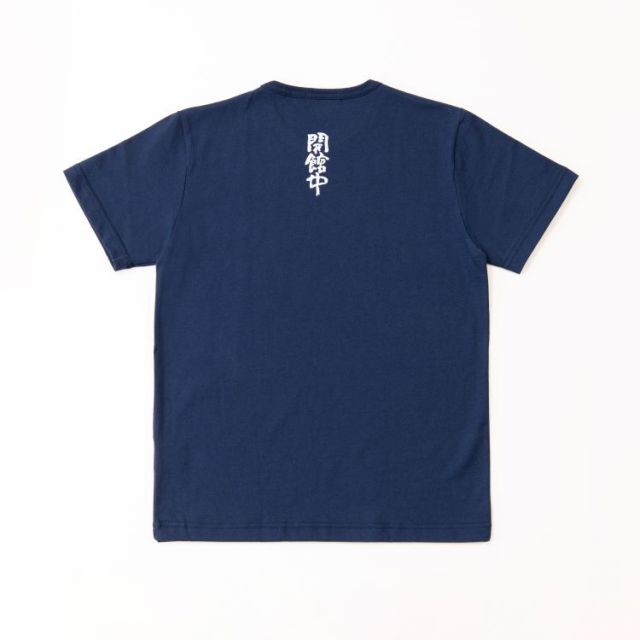
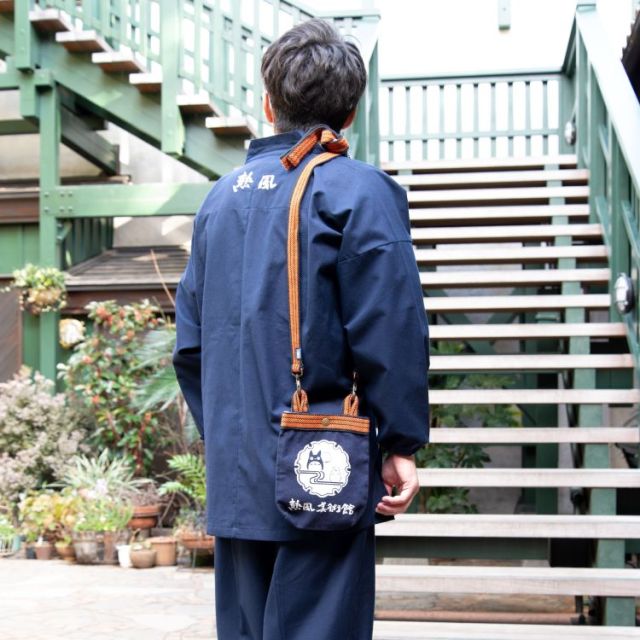
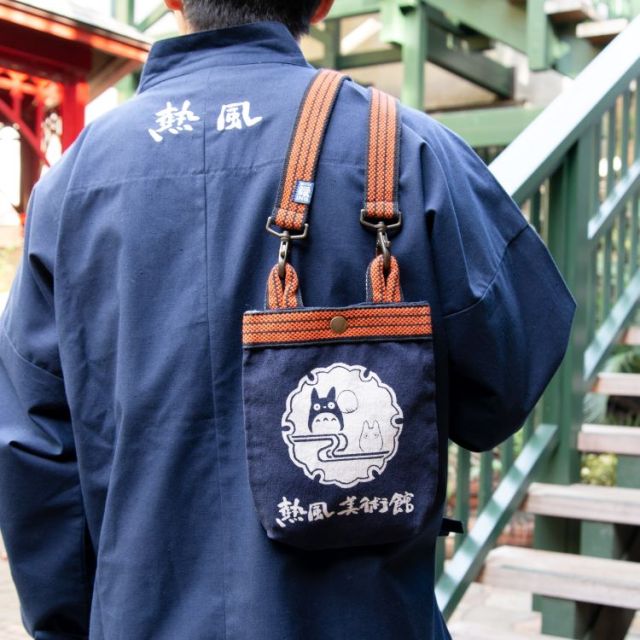
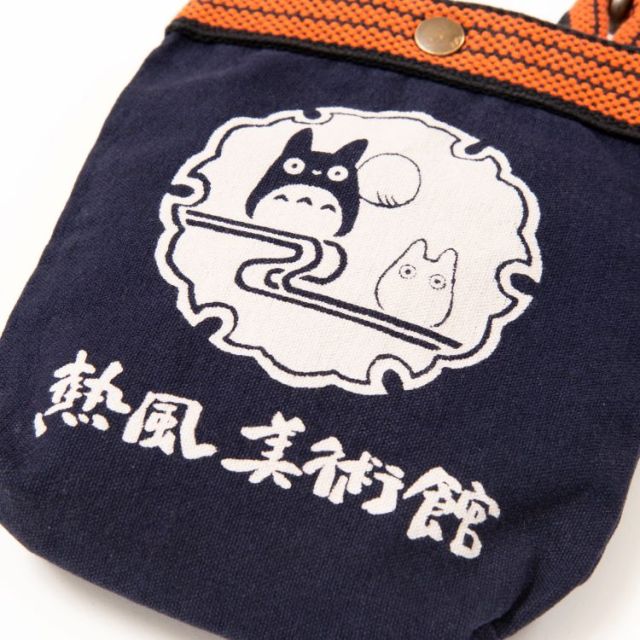
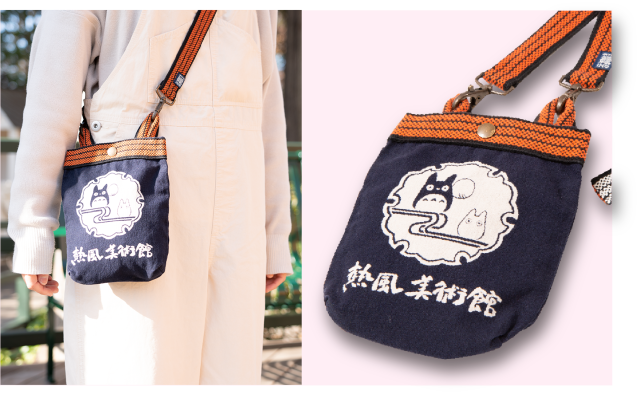
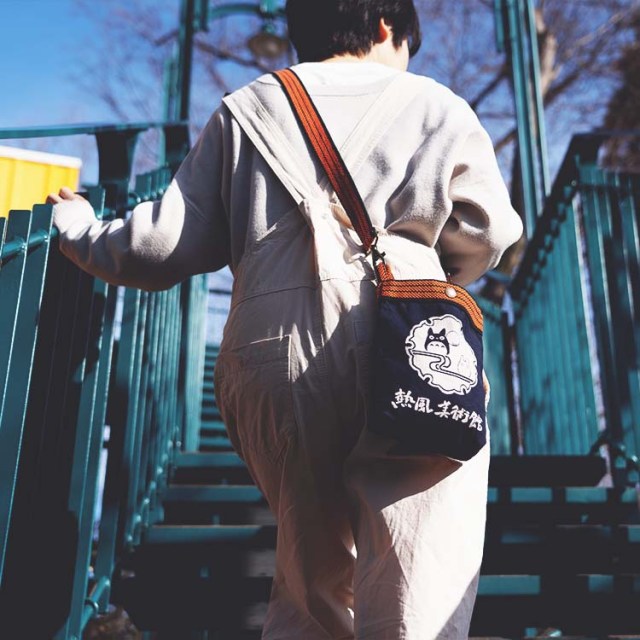
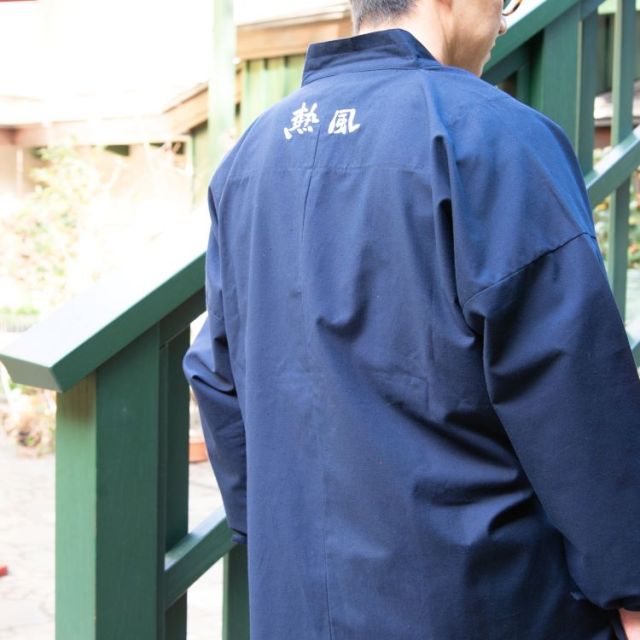
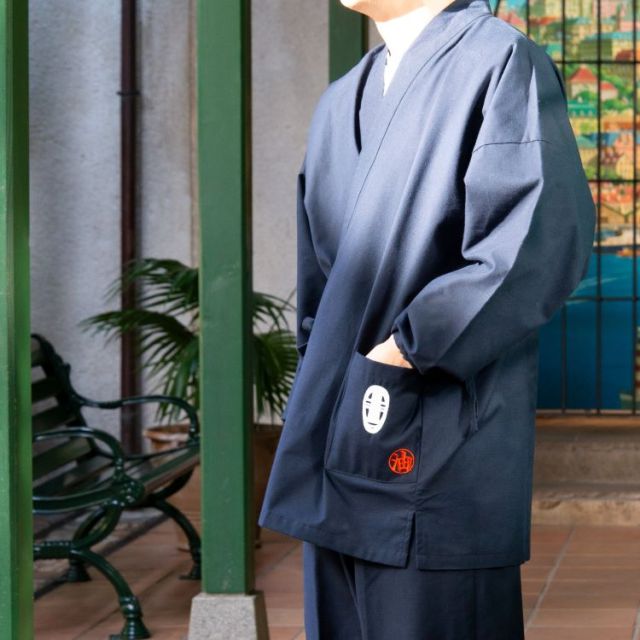
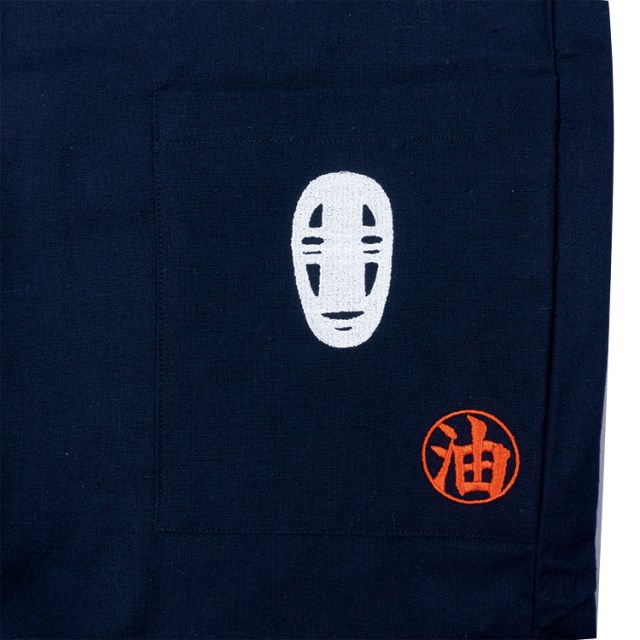
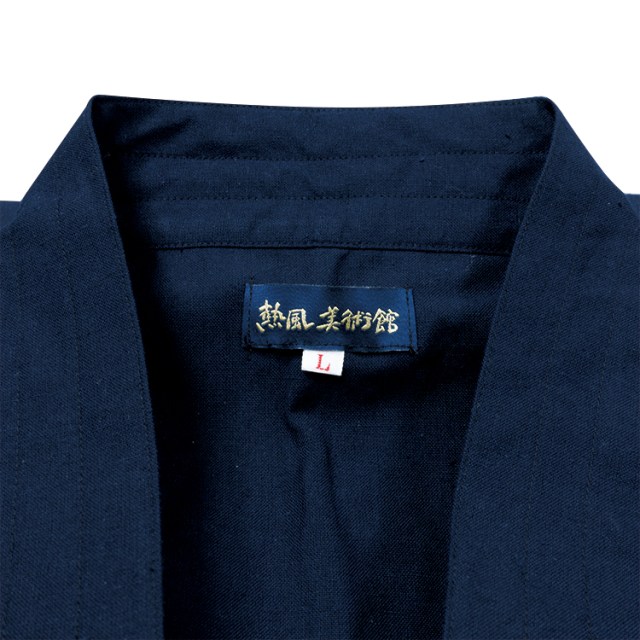
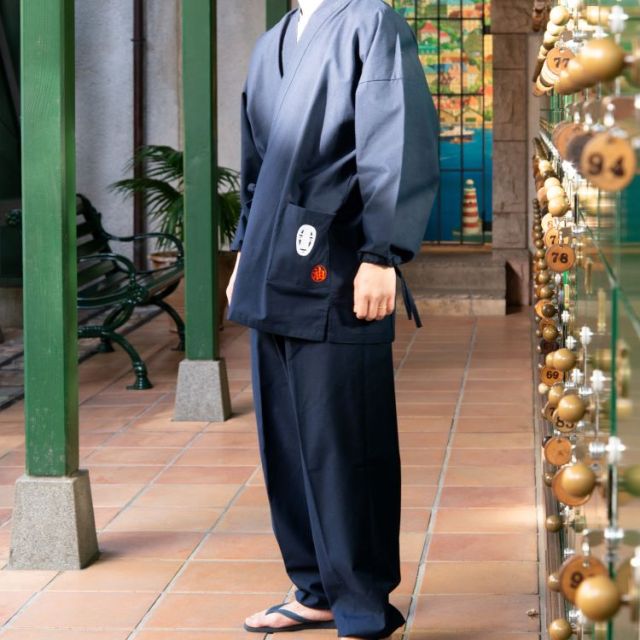
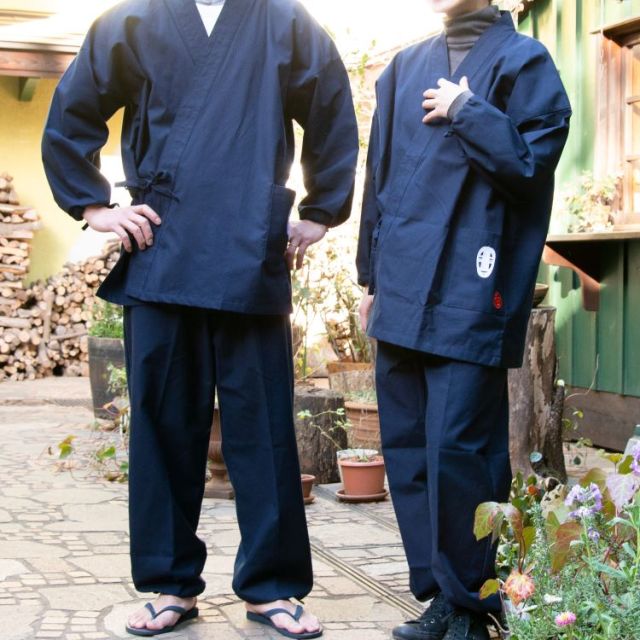
 Studio Ghibli releases fluffy My Neighbour Totoro T-shirts that’ll have you touching your chest all day long
Studio Ghibli releases fluffy My Neighbour Totoro T-shirts that’ll have you touching your chest all day long Hayao Miyazaki sketches cute characters for new signboard at the Ghibli Museum【Video】
Hayao Miyazaki sketches cute characters for new signboard at the Ghibli Museum【Video】 Ghibli Park: Opening date, first photos, and a new promo video produced by Studio Ghibli!
Ghibli Park: Opening date, first photos, and a new promo video produced by Studio Ghibli! Studio Ghibli now has a Hawaiian shirt and skirt collection【Photos】
Studio Ghibli now has a Hawaiian shirt and skirt collection【Photos】 Studio Ghibli’s two most famous character masks come into the real world with mini o-men【Photos】
Studio Ghibli’s two most famous character masks come into the real world with mini o-men【Photos】 How to order snacks on a Shinkansen bullet train in Japan
How to order snacks on a Shinkansen bullet train in Japan Burger King Japan suddenly adds Dr. Pepper and Dr. Pepper floats to its menu nationwide
Burger King Japan suddenly adds Dr. Pepper and Dr. Pepper floats to its menu nationwide New Nintendo Lego kit is a beautiful piece of moving pixel art of Mario and Yoshi【Photos】
New Nintendo Lego kit is a beautiful piece of moving pixel art of Mario and Yoshi【Photos】 Hello, cosmetics! Clinique teams up with Hello Kitty this summer for first-time collaboration
Hello, cosmetics! Clinique teams up with Hello Kitty this summer for first-time collaboration Demon Slayer: Kimetsu no Yaiba gets new roller coaster attractions and food at Universal Studios Japan
Demon Slayer: Kimetsu no Yaiba gets new roller coaster attractions and food at Universal Studios Japan 11 different ways to say “father” in Japanese
11 different ways to say “father” in Japanese Kyoto tea merchant’s matcha parfait ice cream bars: The desserts we’ve been waiting 187 years for
Kyoto tea merchant’s matcha parfait ice cream bars: The desserts we’ve been waiting 187 years for East meets West in the Pacific-centered version of the world map
East meets West in the Pacific-centered version of the world map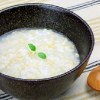 What do you eat when you catch a cold? We asked 11 of our Japanese reporters
What do you eat when you catch a cold? We asked 11 of our Japanese reporters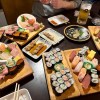 Shinjuku izakaya’s all-you-can-eat-and-drink plan is one of Tokyo’s best secret cheap eats
Shinjuku izakaya’s all-you-can-eat-and-drink plan is one of Tokyo’s best secret cheap eats Nintendo history you can feel – Super NES, N64, and GameCube controllers become capsule toys
Nintendo history you can feel – Super NES, N64, and GameCube controllers become capsule toys “The most Delicious Cup Noodle in history” – Japan’s French Cup Noodle wins our heart【Taste test】
“The most Delicious Cup Noodle in history” – Japan’s French Cup Noodle wins our heart【Taste test】 Starbucks releases a cute Frappuccino and Unicorn Cake…but not in Japan
Starbucks releases a cute Frappuccino and Unicorn Cake…but not in Japan Kyoto Tower mascot termination reveals dark side behind cute Japanese characters
Kyoto Tower mascot termination reveals dark side behind cute Japanese characters McDonald’s Japan’s Soft Twist Tower: A phantom ice cream only sold at select branches
McDonald’s Japan’s Soft Twist Tower: A phantom ice cream only sold at select branches Yabai Ramen: What makes this Japanese ramen so dangerous?
Yabai Ramen: What makes this Japanese ramen so dangerous? Finally! Nintendo Japan expands Switch 8-bit controller sales to everybody, Online member or not
Finally! Nintendo Japan expands Switch 8-bit controller sales to everybody, Online member or not Japanese government wants to build luxury resorts in all national parks for foreign tourists
Japanese government wants to build luxury resorts in all national parks for foreign tourists To combat declining birth rate, Japan to begin offering “Breeding Visas” to foreigners
To combat declining birth rate, Japan to begin offering “Breeding Visas” to foreigners 10 things you should buy at 7-Eleven in Japan
10 things you should buy at 7-Eleven in Japan Studio Ghibli releases anime heroine cosplay dresses that are super comfy to wear
Studio Ghibli releases anime heroine cosplay dresses that are super comfy to wear Woman charged for driving suitcase without a license in Osaka
Woman charged for driving suitcase without a license in Osaka Studio Ghibli unveils My Neighbour Totoro miniature house model
Studio Ghibli unveils My Neighbour Totoro miniature house model Kyoto experiencing problems with foreign tourists not paying for bus fares, but not on purpose
Kyoto experiencing problems with foreign tourists not paying for bus fares, but not on purpose Fighting mild hunger with a Japanese soda that turns into jelly in the stomach【Taste test】
Fighting mild hunger with a Japanese soda that turns into jelly in the stomach【Taste test】 Studio Ghibli’s Howl’s Moving Castle tapestry unveiled in Japan for first time
Studio Ghibli’s Howl’s Moving Castle tapestry unveiled in Japan for first time McDonald’s new Happy Meals offer up cute and practical Sanrio lifestyle goods
McDonald’s new Happy Meals offer up cute and practical Sanrio lifestyle goods Sales of Japan’s most convenient train ticket/shopping payment cards suspended indefinitely
Sales of Japan’s most convenient train ticket/shopping payment cards suspended indefinitely Sold-out Studio Ghibli desktop humidifiers are back so Totoro can help you through the dry season
Sold-out Studio Ghibli desktop humidifiers are back so Totoro can help you through the dry season Japanese government to make first change to romanization spelling rules since the 1950s
Japanese government to make first change to romanization spelling rules since the 1950s Foreigner’s request for help in Tokyo makes us sad for the state of society
Foreigner’s request for help in Tokyo makes us sad for the state of society Ghibli founders Toshio Suzuki and Hayao Miyazaki contribute to Japanese whisky Totoro label design
Ghibli founders Toshio Suzuki and Hayao Miyazaki contribute to Japanese whisky Totoro label design Doraemon found buried at sea as scene from 1993 anime becomes real life【Photos】
Doraemon found buried at sea as scene from 1993 anime becomes real life【Photos】 Tokyo’s most famous Starbucks is closed
Tokyo’s most famous Starbucks is closed Princesses, fruits, and blacksmiths: Study reveals the 30 most unusual family names in Japan
Princesses, fruits, and blacksmiths: Study reveals the 30 most unusual family names in Japan Totoro has a sequel? Thousands of Japanese Twitter users shocked to learn of Ghibli follow-up
Totoro has a sequel? Thousands of Japanese Twitter users shocked to learn of Ghibli follow-up Studio Ghibli releases a Totoro wind chime with a century of craftsmanship behind it
Studio Ghibli releases a Totoro wind chime with a century of craftsmanship behind it Studio Ghibli producer dishes the dirt on Hayao Miyazaki, Your Name, and their next big project
Studio Ghibli producer dishes the dirt on Hayao Miyazaki, Your Name, and their next big project Studio Ghibli summer merchandise puts famous anime characters on Japanese fans and wind chimes
Studio Ghibli summer merchandise puts famous anime characters on Japanese fans and wind chimes Tickets on sale for exhibit of every book Ghibli producer has ever read, boyhood room recreation
Tickets on sale for exhibit of every book Ghibli producer has ever read, boyhood room recreation Ghibli embroidered patches/brooches let you wear your love of Ghibli anime/food on your sleeve
Ghibli embroidered patches/brooches let you wear your love of Ghibli anime/food on your sleeve Studio Ghibli offers special Spirited Away present with Toshio Suzuki exhibition tickets in Tokyo
Studio Ghibli offers special Spirited Away present with Toshio Suzuki exhibition tickets in Tokyo Tokyo’s Ghibli museum to reopen this month, but only for one group of people
Tokyo’s Ghibli museum to reopen this month, but only for one group of people Hayao Miyazaki produces animated commercial for Ghibli Park【Video】
Hayao Miyazaki produces animated commercial for Ghibli Park【Video】 Even Spirited Away’s Yubaba wants you to wear a mask for coronavirus safety
Even Spirited Away’s Yubaba wants you to wear a mask for coronavirus safety “Selfish” Studio Ghibli producer apologizes while announcing price reduction for art exhibit
“Selfish” Studio Ghibli producer apologizes while announcing price reduction for art exhibit The Place Where Totoro Was Born: New Studio Ghibli book includes art by Hayao Miyazaki’s wife
The Place Where Totoro Was Born: New Studio Ghibli book includes art by Hayao Miyazaki’s wife Can you really learn to draw Totoro from that 61-second Studio Ghibli producer video?【Experiment】
Can you really learn to draw Totoro from that 61-second Studio Ghibli producer video?【Experiment】 Totoro beer? Hayao Miyazaki draws new version of anime icon for Japanese craft beer label
Totoro beer? Hayao Miyazaki draws new version of anime icon for Japanese craft beer label Studio Ghibli producer shows us how to draw Totoro【Video】
Studio Ghibli producer shows us how to draw Totoro【Video】
Leave a Reply